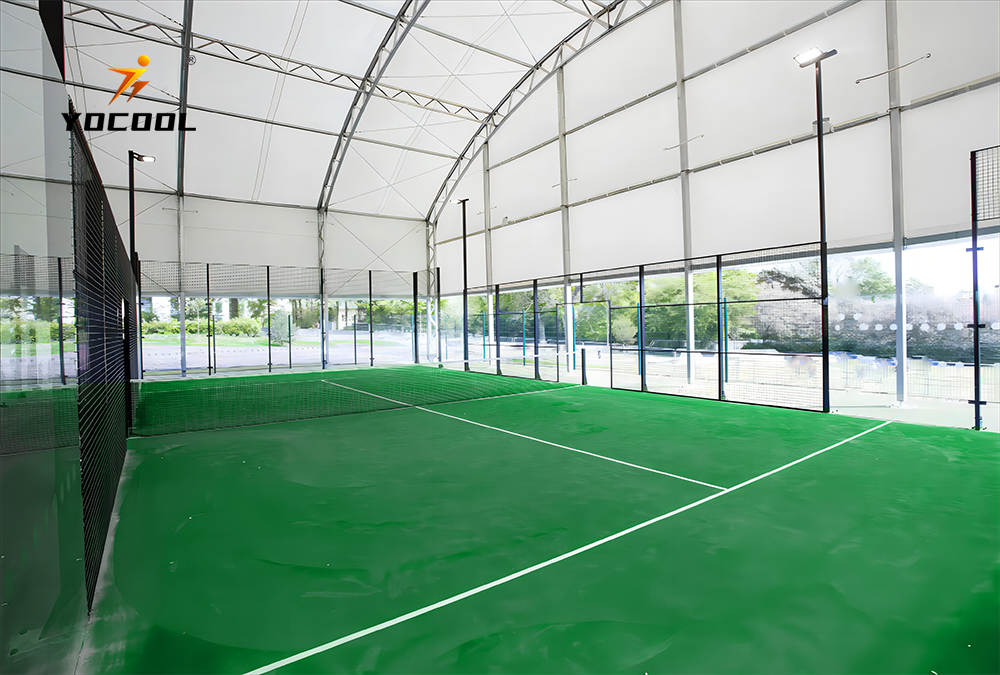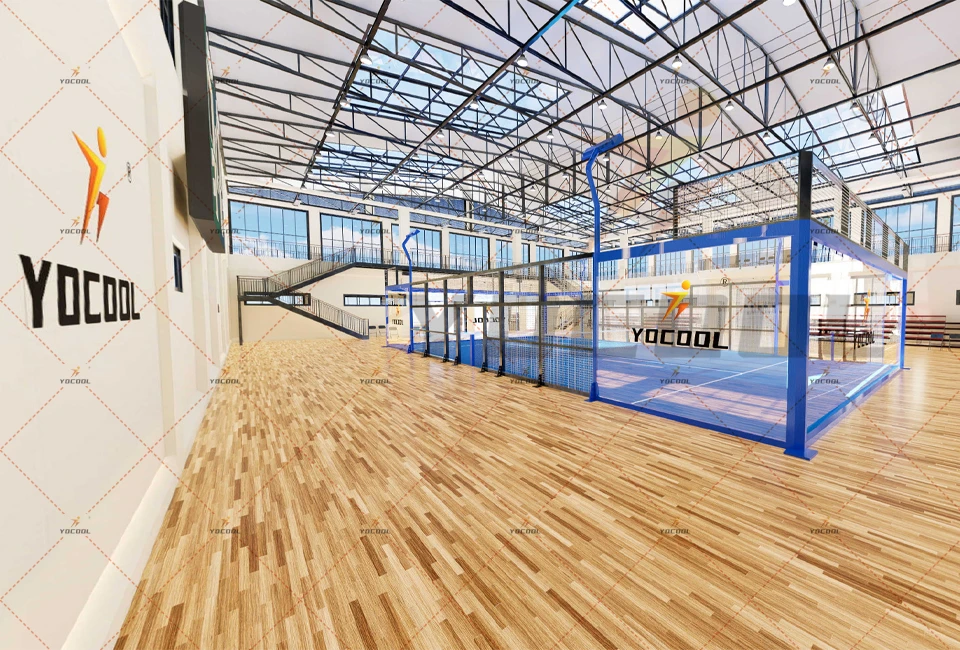Padel and ping pong are two popular racket sports that, while distinct in their gameplay, share a compelling appeal for enthusiasts around the globe. In this analysis, we delve into the nuances of both sports, aiming to provide insights that are both informative and grounded in expert knowledge, helping you make informed decisions if you're considering investing in equipment or exploring these activities further.

Padel is a dynamic sport that combines elements of tennis and squash. Originating in Mexico in the 1960s, it has rapidly gained popularity worldwide, particularly in Spain and Latin America. The game is played on an enclosed court roughly one-third the size of a tennis court. The surrounding walls are part of the play, adding a unique strategic element to the game. Padel rackets are solid, perforated, and short-handled, which differentiates them from stringed tennis rackets.
From an experiential standpoint, padel is known for its accessibility to players of all ages and skill levels. Matches are typically played in doubles, promoting a social atmosphere. As an expert, one should note that the sport’s strategic depth can be both engaging and challenging, requiring players to master wall rebounds and quick reflexes. The smaller court ensures that the game is less physically demanding than tennis, but it remains fast-paced and exciting.

In contrast, ping pong, or table tennis, offers a different kind of thrill. Played on a table with a light, hollow ball and small paddles, this sport emphasizes speed, precision, and quick strategic thinking. Originating in England as a parlour game in the late 19th century, ping pong has evolved into a competitive sport featured in the Olympics. High-level ping pong requires not only swift reflexes but also a deep understanding of spin and angle play.
For those interested in product investments, the quality and characteristics of equipment can significantly influence performance in both sports. In padel, choosing a racket with the right balance, weight, and grip can enhance your playing style. Advanced pads made of carbon fiber or with EVA foam cores can provide a balance of power and control.
padel pingpong
Similarly,
in ping pong, selecting the right paddle is crucial. Paddles vary in terms of rubber thickness and sponge density, influencing speed and spin capabilities. Professional paddles often feature high-quality wood layers and innovative rubber technologies for enhanced grip and control.
The authoritative voice in sports product reviews often emphasizes the importance of personalized gear. Consulting with trainers or experienced players can provide additional insights tailored to one’s individual playing style.
Trust in product quality is paramount. Reputable brands that offer warranties or satisfaction guarantees are preferable. Additionally, testing equipment before purchase can ensure it meets your needs. Engaging with community forums or reading reviews from experienced players can also offer valuable perspectives.
Ultimately, the key to a successful experience in either padel or ping pong lies in immersing oneself in the sport. Both activities offer distinct health benefits, such as improved cardiovascular health, agility, and mental acuity. They also present opportunities for social engagement and stress relief, making them excellent choices for both competitive and recreational purposes.
In conclusion, whether you're stepping onto a padel court or standing at a ping pong table, the right equipment and an informed approach will enhance your enjoyment and performance. By understanding the intricacies of each sport and investing in quality gear, you can fully immerse yourself in the joys these unique sports have to offer.



